Slow Your Mold: Preservation Tips
The Collections and Exhibits Department had the pleasure of working with archivist Jennifer Waxman, who we hired for a special project this winter. As the project wrapped up, we asked Waxman, a Preservation Consultant, to share some tips on mold remediation for archival collections.
Our training focused on identifying and isolating minor mold cases at an object-level, rather than on emergency response to a widespread mold outbreak. An important first step is to evaluate your environment and plan a response accordingly. Is there a source of moisture or water that needs to be contained? Is there poor air flow and dust accumulation? Identify whether the mold is active or inactive. Active mold is fuzzy, wet and will smear when touched. Inactive mold is chalky and behaves more like dust. It is important to reduce the spread of mold spores, therefore, you should isolate the materials from your collection area as soon as mold is discovered. If inactive mold is discovered, proceed by cleaning with a brush or HEPA-filter vacuum in a fume hood that exhausts air out of the building. If a fume hood is unavailable, you can clean the object with a brush outdoors. If an item is wet or active mold is discovered, always dry the material to deactivate the mold before cleaning with a brush or vacuum. Once the object has been cleaned, be sure to rehouse it with new supplies and discard any enclosures previously used to house or transport the object.
To guard against mold incidents one should:
Check new items entering the collection for mold.
Maintain moderate temperature (<72F) and relative humidity (<55%).
Monitor the environment.
Circulate air.
Dust regularly.
These steps and other guidelines are listed in the reference sheet FUNGAL FUN FACTS, compiled by Waxman while working as the Preservation Archivist at New York University in the Barbara Goldsmith Preservation and Conservation Department to train staff of special collections and archives. You can learn more about the BGPC Department on Facebook, Instagram, Twitter, and Tumblr.
Although we have a monitored climate and humidity-controlled environment at The National WWII Museum, we follow these steps to protect against harmful mold within in the collection.
- Posted :
- Post Category :
- Tags :
- Follow responses to this entry through the RSS 2.0 feed. You can skip to the end and leave a response. Pinging is currently not allowed.


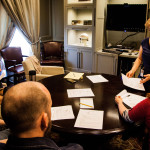
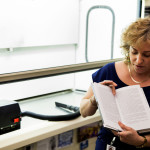
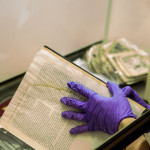
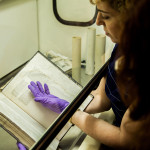
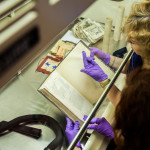
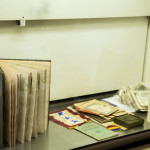


Leave a Reply